Community Outreach and Engagement
We are students, faculty, and staff in the Division of Biostatistics & Health Data Science at the University of Minnesota School of Public Health who are interested in connecting with partners outside of the University to learn from one another and work together on projects that will have a positive impact on the lives of Minnesotans.
To this end, the Biostat Community Outreach and Engagement committee (BCOE) participates in both community outreach and community engagement, depending on the needs and interests of our partners. Our working definitions of community outreach and community engagement appear below.
Community outreach is a collaborative relationship between the Division and local groups and communities in the context of a time-limited project or a series of time-limited projects where knowledge and resources flow from the Division to the local groups and communities.
Community engagement is a collaborative relationship between the Division and local groups and communities for mutually beneficial exchanges of knowledge and resources. This relationship may evolve into a long-term partnership with strong bidirectional communication and trust where the local group or community is involved in project development and execution.
We are always looking for new community partners! Please fill out this interest form if you are interested in partnering with us.
We’re most interested in partnering with:
Organizations with mission statements, goals, and interest areas that align with the Biostat Community Outreach and Engagement committee (BCOE)
Organizations that operate primarily in Minnesota
Examples of types of partners we’d like to work with include but are not limited to: public entities, non-profit organizations, 501(c)(3) tax-exempt public entities, schools, tribal nations, local municipalities
We typically do not partner with individuals, departments or divisions, or offices within the University, unless another outside partner is also involved, or with organizations that employ statisticians or statistical consultants. If this describes you, you may wish to explore the options listed in the Options for UMN Partners
We expect community partnerships to be mutually beneficial relationships that may grow and change over time according to the needs of both partners.
How do we (the BCOE) benefit from community partnerships?
Our work relates to and supports the School of Public Health’s Strategic Plan for Antiracism, including:
Area 1 (Leadership) Goal 4: Engage and partner with the community to authentically understand health equity.
Area 1 (Leadership) Goal 5: Inform, inspire, and lead through communications.
Area 2 (Students) Goal 4: Increase recruitment and enrollment of students from marginalized communities, particularly those who are Black, Indigenous, and people of color.
Student committee members have the opportunity to practice important skills while working on meaningful projects:
Use statistical and/or leadership skills
Gain experience with statistical consulting
Practice statistical communication (with non-researchers)
Experience working collaboratively on defining, understanding, and solving problems
All committee members benefit from:
Working on community-based research (research conducted for and with the community)
Understanding the interests and research priorities of people outside of the Division of Biostatistics & Health Data Science and the University of Minnesota
Making connections with local communities and organizations and building a network
Potentially finding new statistical problems and solutions
How do partners benefit from working with us? The main resource we have to share is our knowledge of and passion for statistics! We’re not limited in the type of work we do but some things we can help with include:
Curriculum development and teacher training
App development (as an educational tool)
Sharing information on statistics/biostatistics as careers
Statistical consulting, including framing questions as statistical questions, study/survey design, data collection, analysis, and interpretation
Some examples of partnerships and projects we have worked on in the past can be found under the Past activities tab
If you’re unsure of a specific project, but still want to partner with us, then please fill out the form because if it is a good fit, we would be interested in working with you to determine if/what project(s) are in our scope of practice. And if we’re not a good fit, we may be able to recommend a group that is.
We are always looking for new committee members! If you are a member of the Division of Biostatistics & Health Data Science interested in joining the BCOE, please contact one of our co-chairs, Anne Eaton (eato0055@umn.edu) or Marta Shore (shore007@umn.edu).
We typically do not partner with individuals, departments, or divisions within the University, unless another outside partner is also involved, or with organizations that employ statisticians or statistical consultants. If this describes you, you may wish to explore the options listed below.
University of Minnesota researchers and community partners can request biostatistical support through the Biostatistical Design and Analysis Center (BDAC).
Researchers in the University’s allied health sciences and in community groups can get free statistical consulting sessions with students and professors from the Division of Biostatistics & Health Data Science through PUBH 7465: Biostatistical Consulting.
Consulting on education and human development research for graduate students, faculty, and researchers in the College of Education and Human Development and external partners is available through the Research Methodology Consulting Center (RMCC).
Statistics and data science help and collaboration for people inside and outside the University is available through the Statistical Consulting Center in the Institute for Research in Statistics and its Applications.
Researchers can reach out to the Analytics Core of the Masonic Institute of the Developing Brain (MIDB) for assistance with projects related to the developing brain.
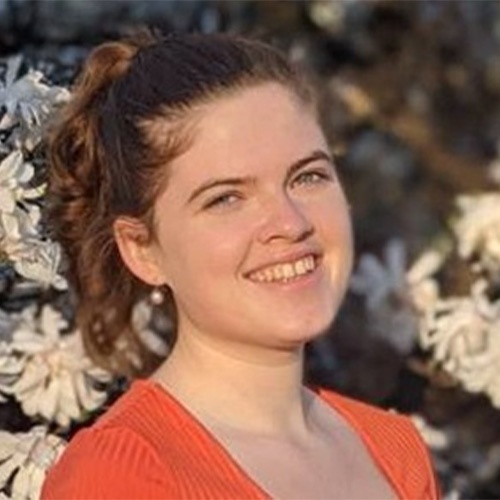
Martha Barnard
PhD Student
I’m Martha Barnard, and I’m a 1st year PhD student. I first learned about quantitative biology in high school through working with and hearing the experiences of quantitative infectious disease researchers. I became further interested in biostatistics as I saw it combined my love of math and desire to impact human health through medical or public health interventions. My current research is in developing methods for clustering and analyzing mobile health data. I joined BCOE because I want to help show high students that biostatistics is a career option as my experiences with this field in high school transformed my educational/career choices.
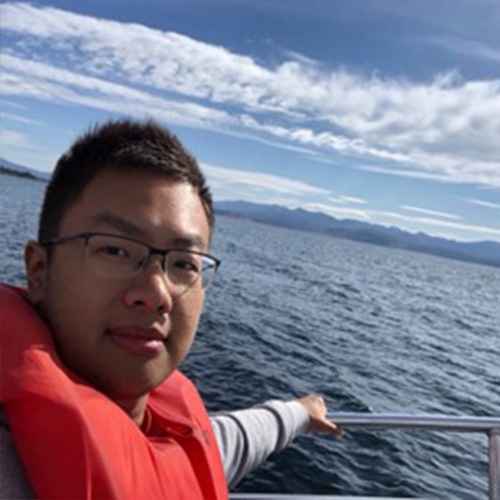
Rui Cao
PhD Student
Hi! I’m Rui Cao, a 2nd year PhD student in biostatistics. I also graduated from the MS program in our division, and my current research interest focuses on genetic and genomic studies. I joined the committee because I want to present our research to the public and enjoy interacting with high school students. I had experience tutoring high school students in math and science in my hometown (in China), so I’m also interested in learning more about what high school life is like here in the US.
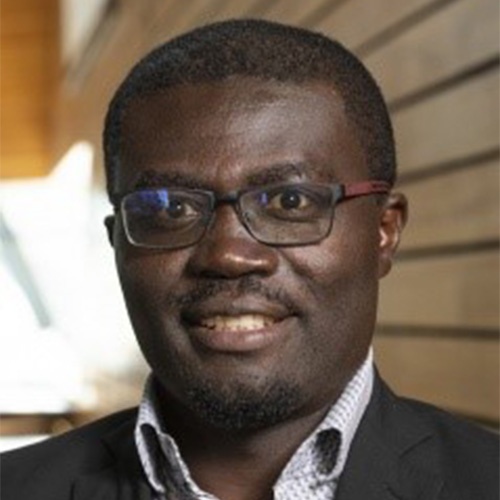
Thierry Chekouo, PhD
Assistant Professor and Medtronic Faculty Fellow
My name is Thierry and I learned biostatistics during my graduate studies at the University of Montreal. I’d have preferred to learn it much earlier in my education. In fact, biostatistics is the perfect fit for me, as I can use my skills in stat/math to solve important problems in medical research. For instance, the analysis of biomedical data (using math/stat tools) may significantly contribute to the prognostic, treatment and prevention of multiple diseases such as cancer, HIV, neurodegenerative diseases, etc. I joined the committee because I am excited about sharing my experience as a biostatistician and to inspire the younger generation to pursue biostatistics as their choice of career.
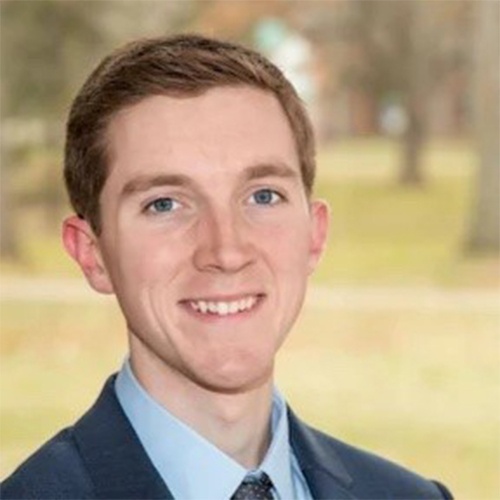
Justin Clark
PhD Student
I am a PhD student in the Division of Biostatistics & Health Data Science. My current research interests center on leveraging data from both randomized controlled trials and observational settings to make more generalizable and robust conclusions when evaluating treatment effectiveness. I am also engaged in multiple collaborations with biomedical investigators across the University of Minnesota, including in pediatric obesity medicine. I decided to go into biostatistics because of its focus on real-world impact. I decided to join BCOE because I’m excited about sharing the field of biostatistics with others!
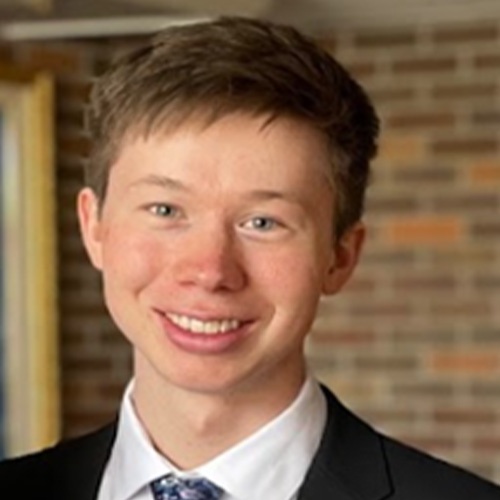
Kody DeGoller
MS Student
Hello, I am Kody DeGolier. I am a 2nd year Biostatistics MS student at the University of Minnesota. I decided to study Biostatistics after learning that biostatisticians help plan, conduct, and analyze clinical trials utilizing computer science, statistics, and communication skills to enhance society’s quality of life. Outside of my studies I enjoy spending time playing strategic board and video games, taking care of pets, exercising, and learning new hobbies
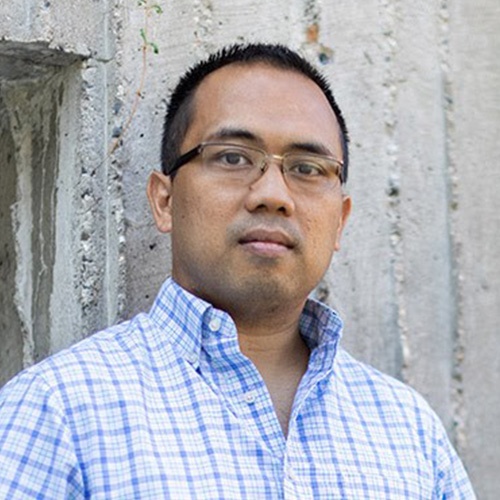
Mark Fiecas
Assistant Professor
The field of Biostatistics is a great fit for me because there are so many opportunities where I can work on the intersection between mathematics and statistical modeling with the biomedical sciences. Indeed, a large number of my interdisciplinary projects are related to psychology and psychiatry. I joined this committee because I am passionate about broadening the impact of our work and working with the public schools to inspire them toward a career in public health.
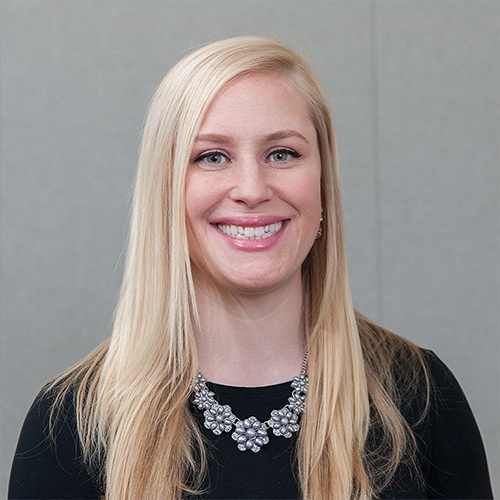
Anne Eaton
Assistant Professor
I first heard about biostatistics as a student at Como Park High School (go Cougars!) when I put “math” and “biology” into Google as part of a career exploration assignment. As a part of BCOE, I hope to give K-12 students a friendly introduction to biostatistics and a concrete idea of what biostatisticians do, so they can imagine themselves as biostatisticians. I want Minnesotans to feel that the Division of Biostatistics & Health Data Science and the School of Public Health are their Division and School, and I hope that the connections we make in the community inspire that feeling.
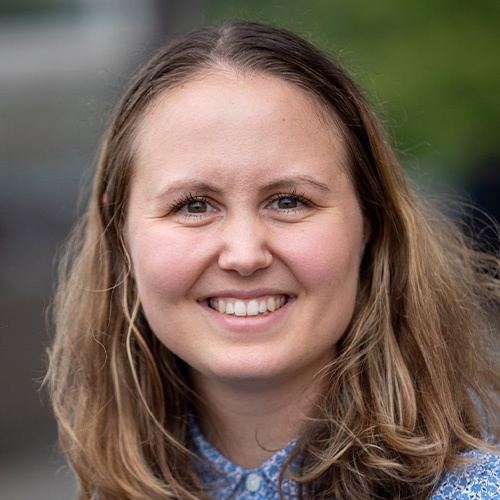
Lily Haine
PhD Student
I’m Lily Haine and my research interests are in incorporating external non-randomized data into the design and analysis of randomized controlled trials, with applications to Influenza and COVID-19 clinical trials. I enjoy biostatistics because it merges my desire to impact the world in a positive way through public health with my interest in quantitative methodologies and mathematics. I joined the BCOE because I want to spread the word about biostatistics as a career option and help encourage people who might not see themselves in a quantitative field in the future realize that this field is not as intimidating as it might seem on the surface.
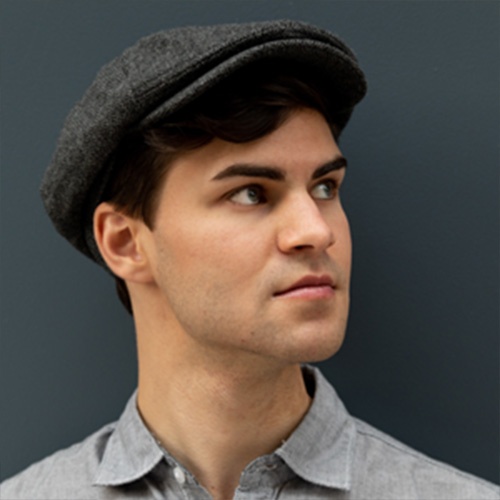
Mykhalo Malakhov
PhD Student
I am a third-year PhD student in the Division of Biostatistics & Health Data Science. My research focus is on statistical and machine learning methods for functional genomics, using which I seek to uncover how genetic variability impacts disease pathways. In high school and college I often felt torn between different disciplines, until I realized that studying biostatistics can enable me to integrate my interests in mathematics, computer science, and human health. Through my involvement in BCOE, I hope to inspire younger students from diverse backgrounds to think critically about data and consider pursuing statistics as a career.
Sue Meger
Staff Member
I am a staff member in Biostatistics. I work on various large trials doing many things, including operations, drug distribution, community representation, patient materials, editing, design and working on websites. It’s gratifying to be a part of studies that have made important contributions to the field of public health and have literally made people’s lives better. I like doing good work for an organization that does good work!
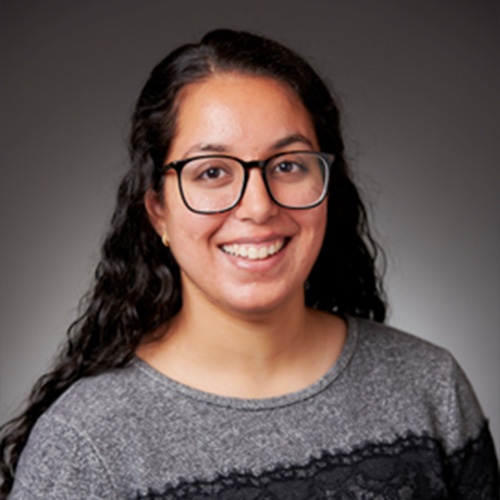
Tanvi Mehta
PhD Student
Hi! My name is Tanvi Mehta (she/hers), and I am a second-year biostatistics PhD student. I was very excited when I first learned about biostatistics because it seemed like a great way to make an impact on public health using statistics and quantitative methods, fields that I’ve always really enjoyed. I also appreciate collaborating with people in different fields and being able to work on a wide array of problems. I have worked on research on proteomic and genetic risk prediction for cardiovascular disease, as well as analysis of different treatments for COVID-19. I am excited to work with BCOE to help make biostatistics more accessible to others and to hopefully get others just as excited about the field!
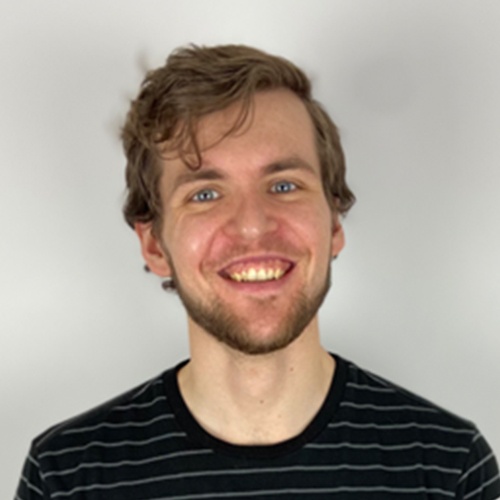
Aidan Neher
PhD Student
I am a rising 2nd year biostatistics PhD student excited about using data to solve problems. In particular, I am interested in combining neuro-images and genetic sequences to better understand mechanisms driving pathology, i.e., the field of imaging genetics. I joined this committee to share with others my fascination with the poetic and uniquely useful nature of the relationship between mathematics and biology. Also, I like to teach, and this committee allows me to flex those muscles.
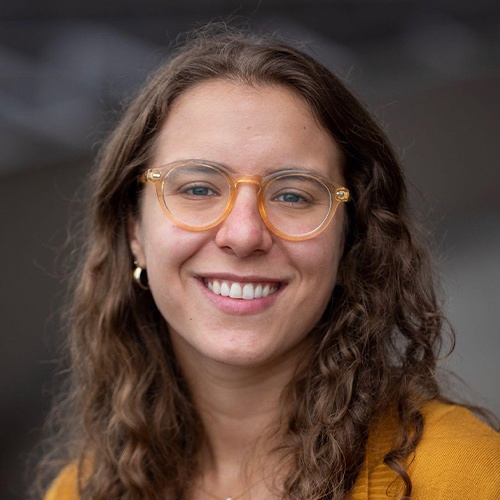
Sarah Samorodnitsky
PhD Student
Hi, I’m Sarah Samorodnitsky and I’m a Biostatistics PhD student. My research interests are in multi-omic data analysis, with applications in cancer, COPD, and COVID-19. I was drawn to biostatistics because it merges my interests in biomedicine with my skills in statistics and computing. I joined this committee to help encourage young students, especially those of diverse backgrounds, to consider biostatistics as a career. Medical research benefits from a diverse workforce and biostatisticians are no exception.
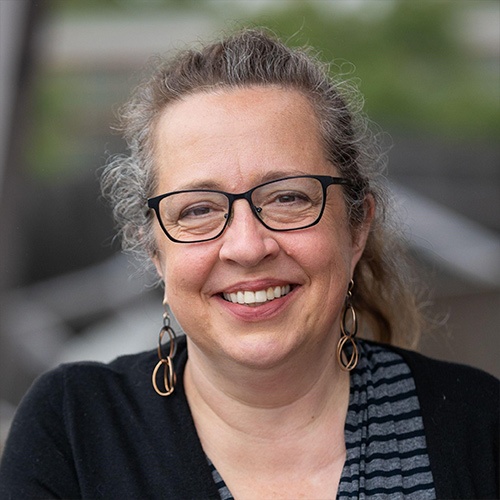
Marta Shore
Lecturer
Hi! My name is Marta shore and I teach introductory Biostatistics courses to non-biostatisticians. I learned about Biostatistics in my late 20s when I was working as a lab technician in an HIV research lab and used statistical techniques to better understand our data. My primary focus is on teaching people who are not going to be biostatisticians. In this work, I’ve learned that many people have the skills needed to be a biostatistician, but don’t think it’s possible. That’s why I joined BCOE: so that I can encourage kids to pursue biostatistics and see themselves as biostatisticians.
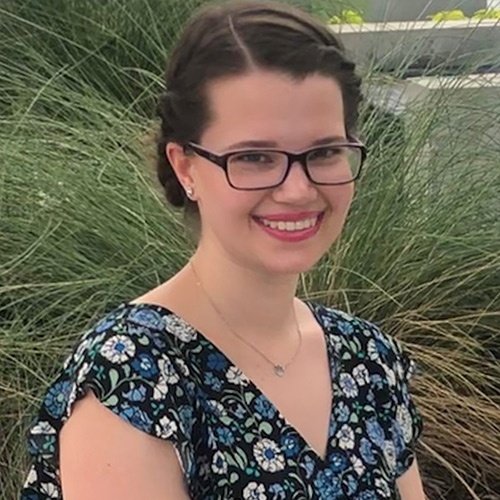
Michelle Sonnenberger
PhD Student
Hello, I’m Michelle Sonnenberger and I’m a Biostatistics PhD student. My research interests are in clinical trials specifically bayesian and time-to-event data analysis. I became interested in biostatistics because I had always loved math and originally thought I wanted to pursue some sort of degree in the medical research field. Once I discovered biostatistics, I was drawn to working on the statistical side of medical and public health research. I also love that in biostatistics there are always opportunities to work with new collaborators and work with people in lots of different fields. I chose to join BCOE because I wanted to share my love of statistics with people in the community and hopefully inspire people to look into biostatistics. I especially like working with high school students and introducing them to biostatistics because I wish that I had the opportunity when I was younger.
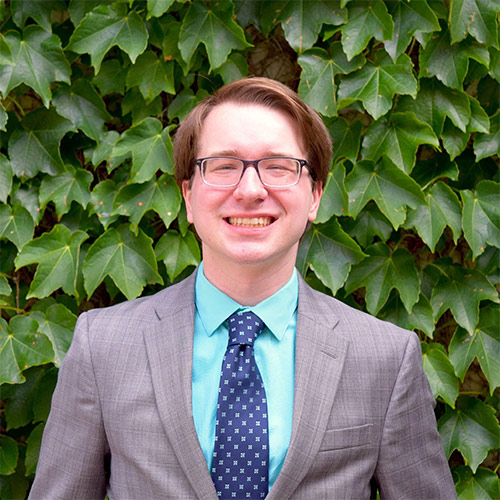
Jack Wolf
PhD Student
I am a Biostatistics PhD student. I chose a career in biostatistics after witnessing how it could let me engage with and learn from collaborators from many different disciplines. My current research focuses on developing methods to identify subgroups with differential treatment effects from randomized clinical trials. I am excited to work with BCOE to both engage in collaborative work and help showcase what biostatistical work encompasses.
The Biostat Community Outreach and Engagement committee (BCOE) was created in 2020 after graduate students in the Division of Biostatistics & Health Data Science started a conversation about the barriers to entering biostatistics graduate school and biostatistics as a career. They felt that many talented people who could make great contributions in biostatistics and who would find satisfaction and success in this field were choosing other paths instead and that one reason for this was that to satisfy the prerequisites for a graduate degree in biostatistics, students need to start planning early in college. Unless students already know someone who is a biostatistician, they’re unlikely to learn about biostatistics in time to fit the required classes into their regular college coursework. To address this, we decided to form a committee to raise awareness of biostatistics as a career path among K-12 students in the Twin Cities, as a first step toward recruiting a more diverse biostatistics workforce.
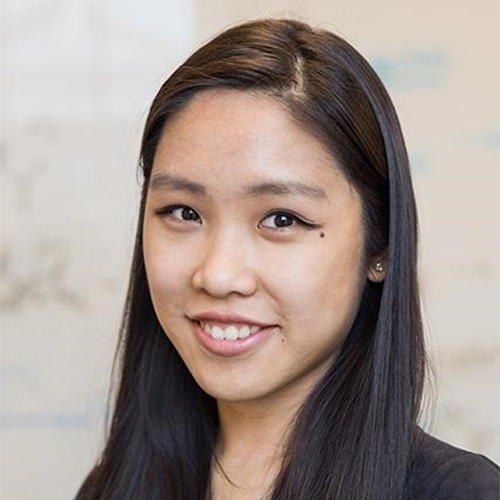
Sharon Ling
Sharon Ling was a biostatistics PhD student and an integral member of BCOE when she passed away in April 2021. Sharon significantly enhanced the lives of her community through her teaching, public health research, volunteerism, and involvement in a variety of university organizations. More than her tangible contributions, Sharon is remembered for her outstanding character and friendship. We strive to embody these qualities in our BCOE work. Sharon was also a talented artist; some of her work is shown below.
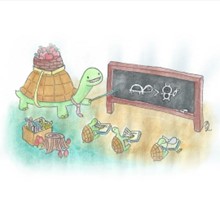
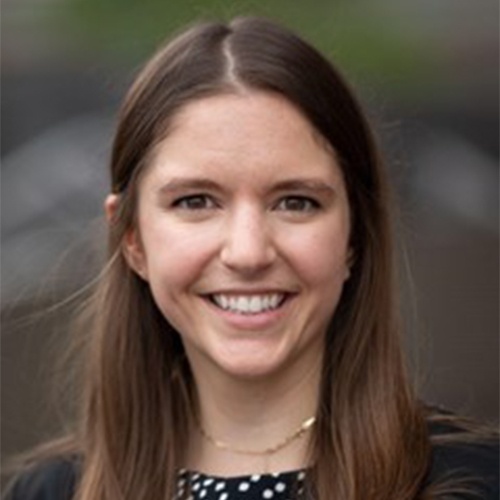
Maria Masotti
Biostatistics PhD, 2022
I would say my favorite experience was working with the high schoolers at Coon Rapids. The students were such a joy to work with and watching them present their research at the end was very rewarding.
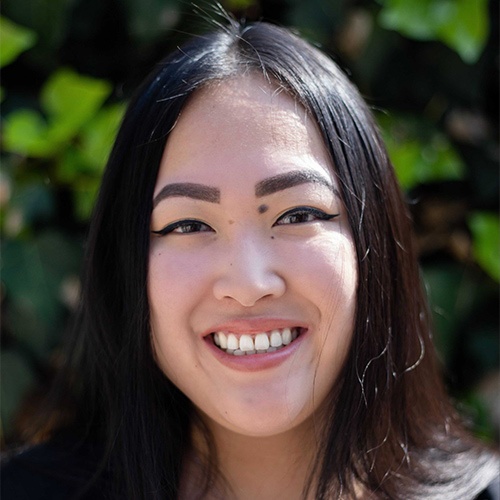
Melissa Wong
Biostat MS, 2021
My favorite experience as a member of the biostatistics outreach committee was working with everyone on the team and the community I was part of! It was empowering to know that everyone was passionate about fostering diversity in the biostatistics field.
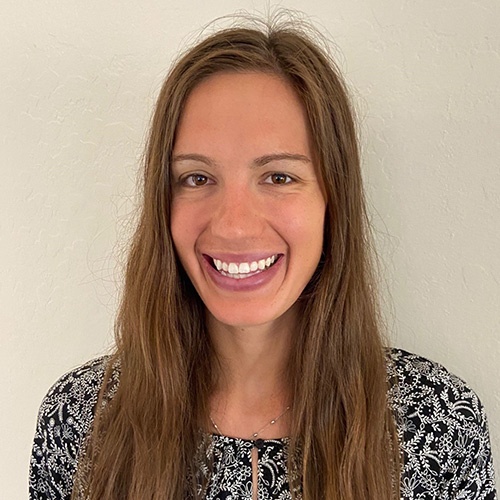
Rachel Zilinskas
Biostatistics MS, 2022
My favorite BCOE experience was working with St. Paul Public Schools (SPPS) to develop an activity that fit into their curriculum. It was very rewarding to work directly with high school educators in the community and to see the students using our created materials.
Held a biostatistics career panel for students at Global Arts Plus (Saint Paul Public Schools). João Monteiro (Medtronic), Becky Lien (PDA) and Travis Dockter (Mayo Clinic) spoke to ~20 students about careers in biostatistics (December 8, 2020)
Held a School of Public Health student panel at Washington Technology High School (Saint Paul Public Schools). SPH student ambassadors Rachel Zilinskas, Alyse Haven and Yoon-Sung (Teddy) Nam spoke to ~10 students about their paths to public health (January 14, 2021)
Served as mock grant reviewers for research projects using the Islands completed by students at Coon Rapids High School (February-March 2021, ongoing)
Along with teachers at Harding Senior High and Creative Arts Senior High (Saint Paul Public Schools), developed a Shiny app to empower students to explore Minnesota air pollution data and discover trends (2021)
Hosted an externship for Saint Paul Public Schools teachers (February 2021)
Hosted a high school summer intern through Girls, Inc. to work on curriculum development and pilot testing learning materials (Summer 2021)
Partnered with Saint Paul Public Schools to participate in the Engaged Departments program through the Office of Community Engagement. Created a plan to integrate community outreach and engagement into our Division’s activities (Spring 2021-Spring 2022)
Presented “K-12 Community Partnerships: a Method of Biostatistics Promotion” at the Women in Statistics and Data Science conference of the American Statistical Association (October 7, 2021)
Hired a summer research assistant, Kody Baron, to update the air quality app with 2021 data (Summer 2022)
Organized a tour of the Masonic Institute for the Developing Brain for middle school students participating in the Beyond Walls summer program including demonstrations of EEG, Neuromodulation, and mock MRI (Summer 2022)
Designed a survey to understand the impact of consulting on Coon Rapids High School students’ research projects on biostatistics grad students’ statistical consulting skills and confidence (2022)
The Biostat Community Outreach and Engagement committee (BCOE) was featured in the Fall 2021 issue of Advances, the University of Minnesota School of Public Health magazine: Biostatistics Goes to High School
The Masonic Institute for the Developing Brain (MIDB) tweeted about the tour they hosted and we organized for students participating in the Beyond Walls summer program.
